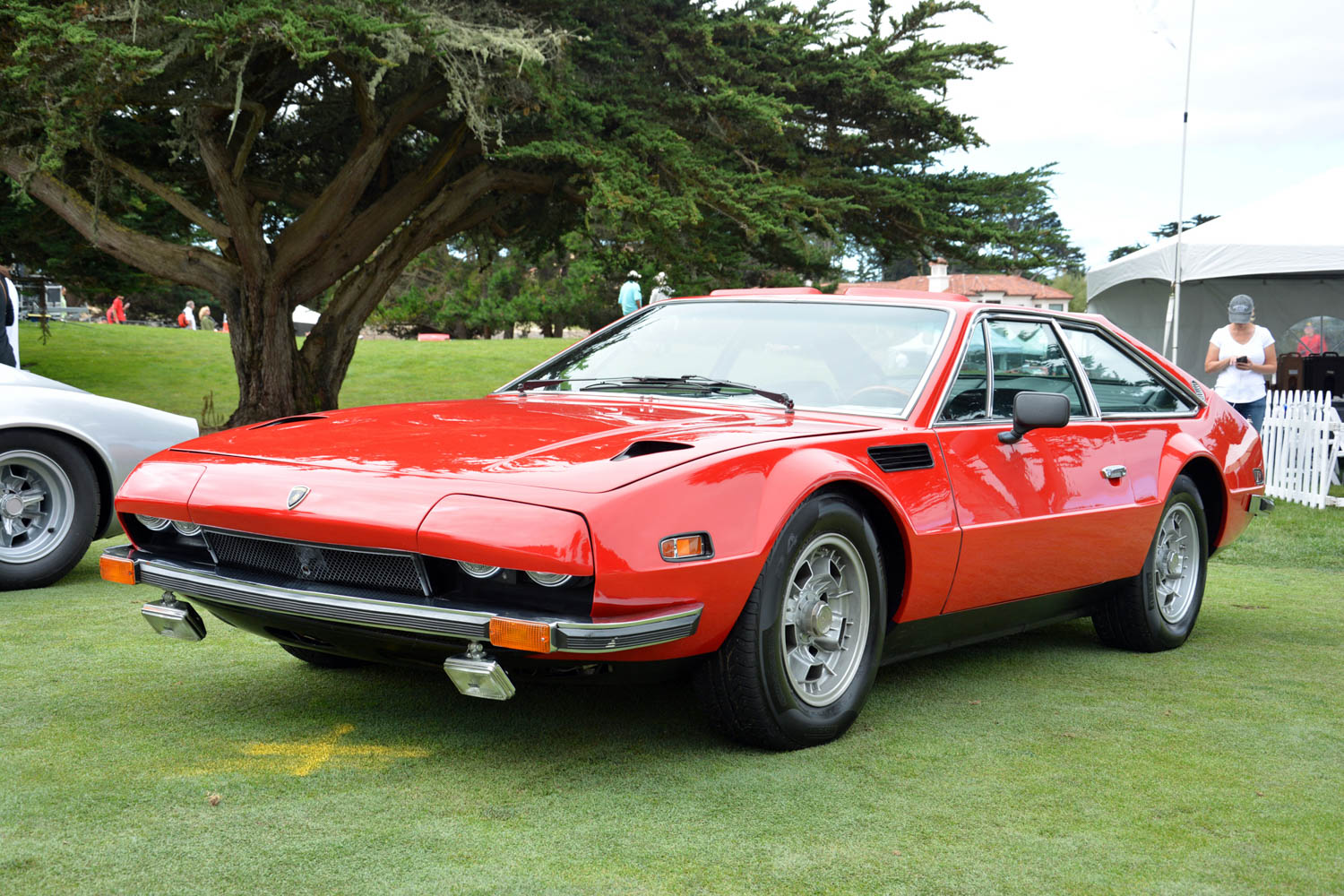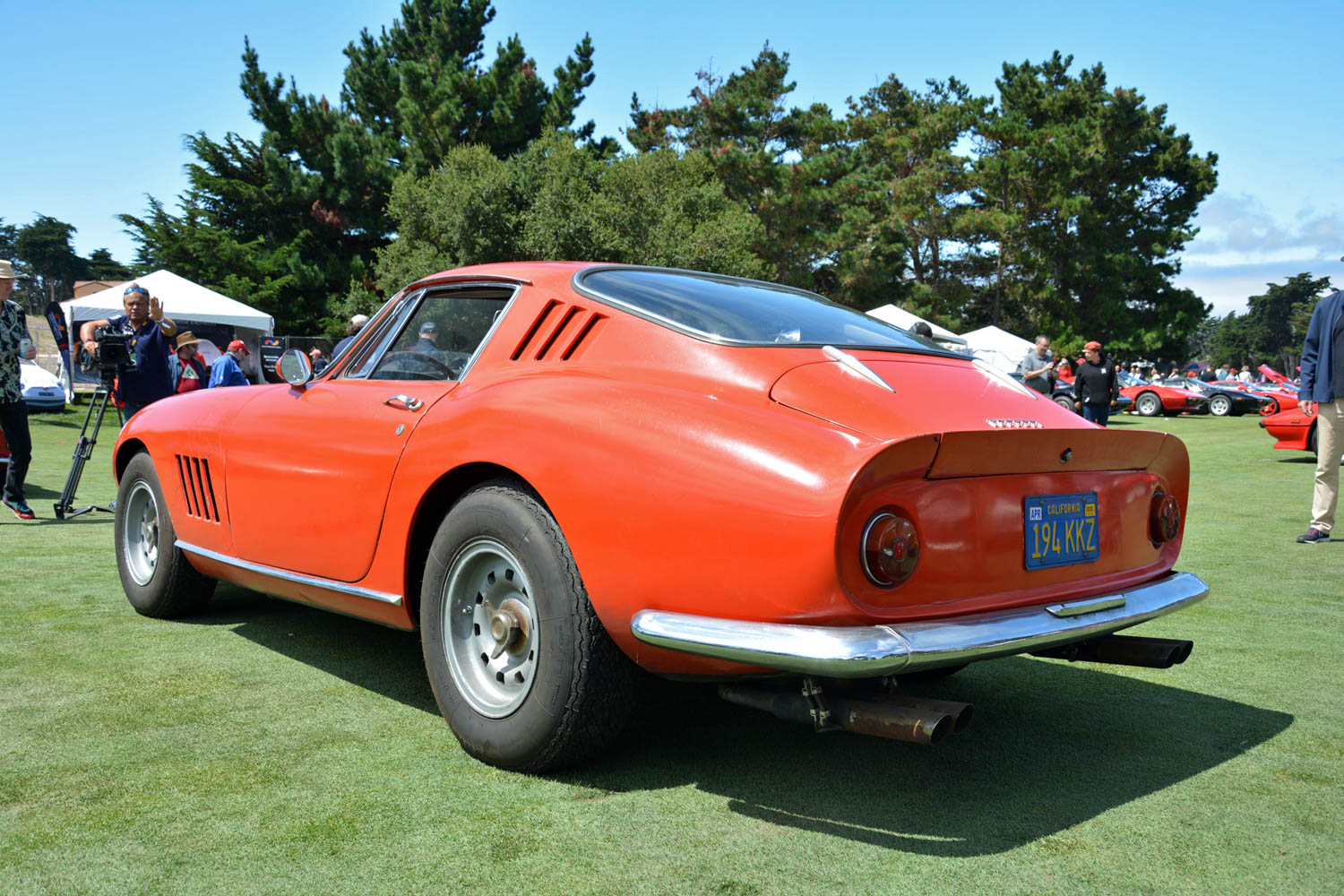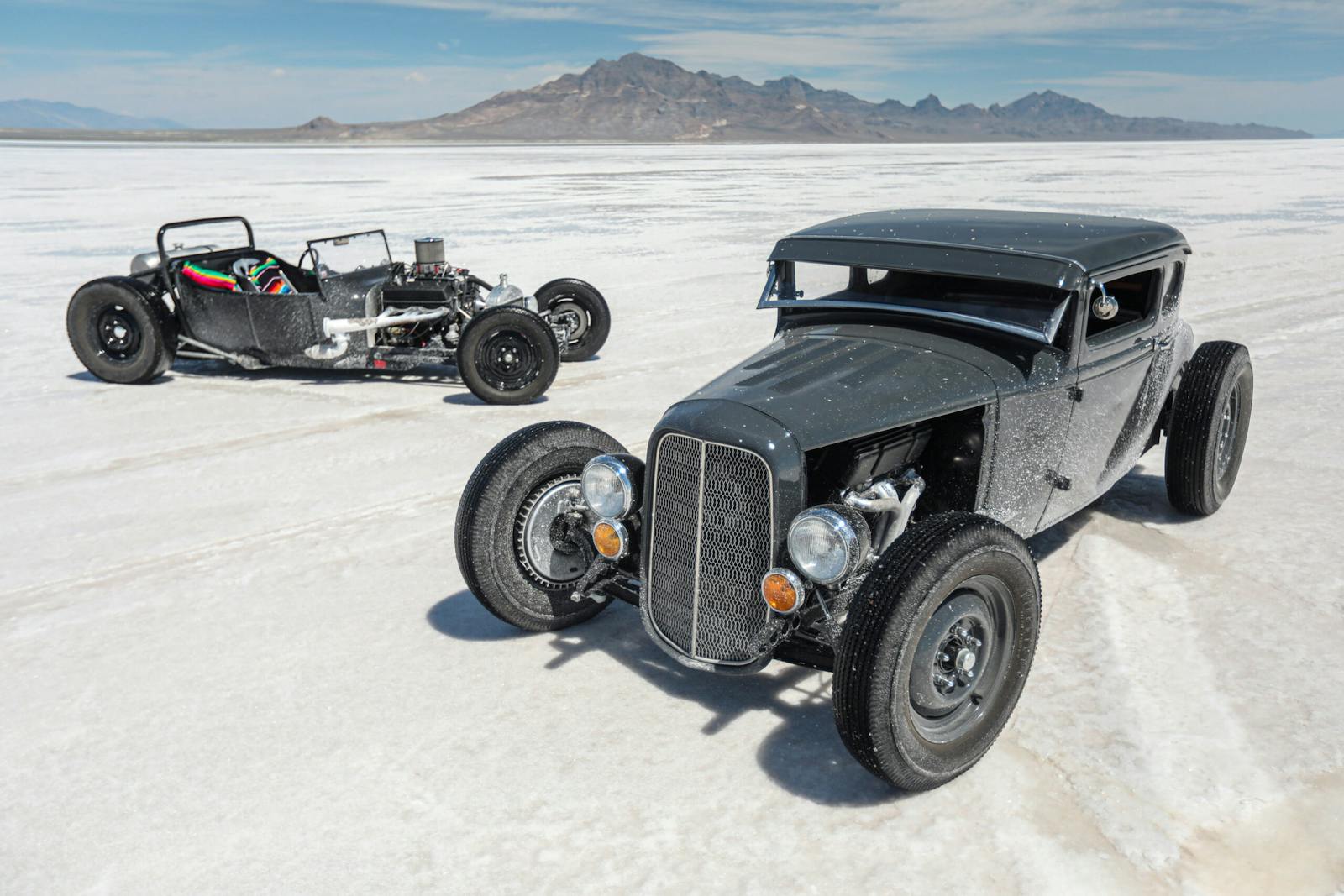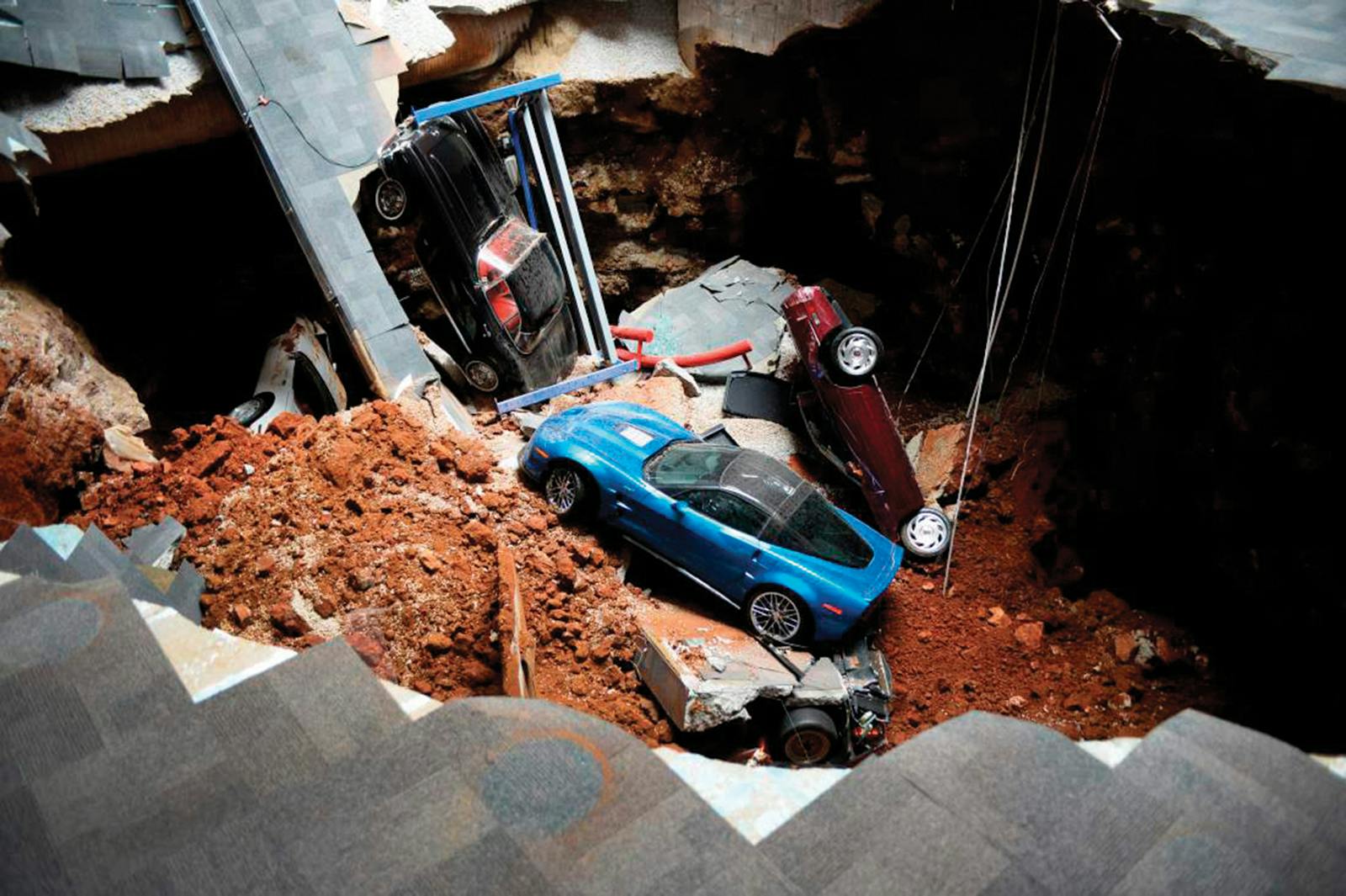10 cars that stole the spotlight at the 2019 Concorso Italiano
Every year, dozens of events compete for the attention and money of enthusiasts during Monterey Car Week. Some focus on Japanese cars, some are only open to supercars, some are organized for buyers interested in lightening their fat wallets. (On the other side of the spectrum, at least one event features the world’s greatest beaters.) Italian car fans in town for the festivities have two words on the brain: Concorso Italiano.
Held in Seaside, a town a few miles north of Monterey, Concorso Italiano is one of the largest, most comprehensive celebrations of Italian motoring in the world. Even the Italians don’t honor their four-wheeled heritage this well. This year’s edition of the event attracted hundreds of cars ranging from a Dino 246 GTS to, somewhat puzzlingly, a late-model Fiat 500L. Here are some of our favorite cars from the show.
Zagato Zimp

Concorso Italiano is open to cars that aren’t 100-percent Italian. We spotted several examples of the Pininfarina-built Cadillac Allanté, and we were fascinated by this Hillman Imp-based 1963 Zagato Zimp that traveled to California all the way from its home in Monaco. It’s one of three examples built, and it stood out as one of the rarest cars displayed at the event.
In the early 1960s, Milan-based Zagato sensed a demand for a coachbuilt coupe with a more budget-friendly price than Alfa Romeo-based models. It started with the Imp, Hillman’s answer to the Austin Mini, and its stylists penned a low-slung design characterized by sharp styling cues. It manufactured the body using aluminum to keep weight in check, and deleted the Imp’s flip-up rear window. Many interior parts (including the instrument cluster) were carried over from the Imp to the Zimp.
Zagato planned to sell thousands of Zimps, but it only ended up making three. Dr. Marco Gastaldi, the owner of the one displayed at Concorso Italiano, explained many potential buyers found the Zimp’s design far too extreme, and they complained that it cost too much. Zagato canceled the project, and gave the three examples it made to employees. All three miraculously survived.
Ferrari 275 GTB/4

Most of the cars displayed at Concorso Italiano have a similar story to tell. They were purchased new in the 1960s or 1970s, and they were kept as second, third, or fourth cars until they fell into the hands of the enthusiast who treated them to a full restoration. This unrestored 1967 Ferrari 275 GTB/4 has a far different tale to tell.
Owner Tom Mingle told Hagerty he became fascinated with the Ferrari brand at a young age. He finally saved up enough money to purchase his first in the early 1970s, but he quickly experienced engine problems. The 275 GTB/4 burned an abnormal amount of oil, and he suspected the valve guides were to blame. He took the V-12 engine partially apart to start the lengthy process of rebuilding it.
Life got in the way of his project, so the V-12 sat dismantled in boxes. The car and the boxes of parts followed him from house to house for about four decades until his wife urged him to do something with it. “Don’t die and leave me with a car in boxes; I wouldn’t know what to do with it,” she pleaded. He took her advice, loaded the car and the boxes onto a trailer, and asked a shop to put it back together.
Mingle’s 275 GTB/4 proudly wears its patina. It turned far more heads than a majority of the fully restored, better-than-new vintage Ferrari models displayed at Concorso Italiano.
De Tomaso Pantera

De Tomaso set out to build a supercar with Italian looks and American reliability. It wasn’t entering uncharted territory. Many European companies, including Jensen and Iso, had already rummaged through American parts bins for large-displacement V-8s, and automakers like Ford and General Motors were more than happy to sell. However, De Tomaso showed a surprising amount of foresight when it expanded its agreement with Ford beyond engines to include distribution in America.
That’s how the Tom Tjaarda-designed Pantera ended up sharing showroom space with the Lincoln Continental and the Mercury Monterey. Lincoln-Mercury dealers sold 5674 units from 1971 to late 1974, when Ford stopped distributing the model in the United States. Production continued, though at a drastically slower place, and gray-market examples trickled in for many years.
The green example that caught our eye at Concorso Italiano is an early car sold through the Ford network.
Fiat 850 Sedan

There is no unwritten rule that claims only high-dollar, high-horsepower classics are allowed into Concorso Italiano. This nearly flawless 1971 Fiat 850 Sedan proudly represented the mass-produced, mass-destroyed contingent. The bumper-mounted front turn signals and the side marker lights reveal it was originally sold new on the American market, not imported from its home country of Italy.
It miraculously escaped getting chewed alive by rust, ending up scrapped while at the bottom of its depreciation curve, and morphing into a soul-less Abarth replica. Most of its peers weren’t as lucky, however. This was the only 850 Sedan we spotted at Concorso Italiano, and one of two 850s total. It’s clear that Fiat collectors prefer the drop-top 124 Spider, or the lovable rear-engined 500.
Iso Rivolta Lele

In the late 1960s, Iso Rivolta commissioned Marcello Gandini to draw a four-seater, mid-range model to occupy the space between the Grifo and the Fidia. The coupe was named Lele after company founder Renzo’s daughter-in-law, and launched in 1969. Its relatively boxy design placed it much closer to the four-door Fidia than to the sleek-looking Grifo, and some buyers complained about its proportions.
All three members of the Iso range sounded like muscle cars, because the company had a penchant for American V-8s. Iso released the Lele with a Chevrolet-sourced V-8 tuned to serve up to 350 horsepower, and it later switched to a Ford-made, 325-horsepower V-8 after a disagreement with General Motors.
The unrestored example we spotted at Concorso Italiano was sold new in Italy in 1971, and it lived there for most of its life. It’s an early car, meaning it’s powered by the Chevrolet eight-cylinder. It has 56,000 original kilometers, which is about 34,000 miles, and it was recently imported to California.
Lamborghini Jarama S

Poster-worthy Lamborghini classics with scissor doors were a dime a dozen at Concorso Italiano, but we were glad to see some of the brand’s more overlooked models receive the attention they deserve. This like-new 1972 Jarama S is one of 152 examples built, and it was delivered new on the American market.
The Gandini-designed Jarama traces its roots to the 350 GT, the very first car released by Lamborghini, and it’s a completely different type of bull than the Miura. It was released in 1970 as a front-engined, rear-wheel drive coupe with a 2+2 interior layout. It went on sale with a 3.9-liter V-12 engine rated at 350 horsepower, but the S model (pictured) introduced in 1972 received a 15-horsepower bump. The example basking in the sun at Concorso Italiano was fitted with a five-speed manual transmission, not the Chrysler-sourced three-speed automatic that Lamborghini offered at an extra cost.
Lancia 037

Lancia developed the 037 to comply with the FIA’s Group B regulations. Working closely with Abarth, which was also under the Fiat umbrella, it developed a mid-engined, rear-wheel drive coupe vaguely shaped like (and largely unrelated to) the Beta Scorpion. Power came from a 2.0-liter four-cylinder engine supercharged to make 265 horsepower, though that figure rose during the car’s racing career.
The 037 won several WRC events, Walter Röhrl notably drove it to a first-place finish during the 1983 edition of the Monte Carlo Rally, but four-wheel drive racers like the Audi Quattro quickly stole Lancia’s thunder. The Delta S4 began replacing it in 1985, and became a rally icon in its own right.
The example shown at Concorso Italiano retired from professional racing for a quieter life in sunny California. Taking it out for a spin is made easier by the fact that Pirelli produces reproduction tires that look just like the originals from the 1980s, down to the period-correct thread pattern and the graphics on the sidewall, but benefit from cutting-edge P-Zero technology.
Alfa Romeo GTV6 Balocco

In the 1970s, automakers from all over the globe figured out they could give slow-selling models a boost by releasing limited-edition variants. Alfa Romeo tried rejuvenating the GTV6, the only coupe it sold on the American market during the 1980s, by launching a Balocco edition named after a race track in Italy. The package added edition-specific black stripes accented by Balocco S.E. emblems on the quarter panels, Ronal alloy wheels, niceties like a leather-wrapped steering wheel, and a numbered plaque on the dashboard. The 154-horsepower, 2.5-liter V-6 remained fully stock—and as sonorous as ever.
Alfa Romeo made 350 examples of the GTV6 Balocco for the American market starting in 1981. How many remain in 2019 is a point of debate among historians, but everyone agrees the number is low. Many were driven into the ground, and dozens were sent to the pantheon of automotive history after a timing belt failure. The example displayed at Concorso Italiano wears number 328.
Maserati 430

Maserati gradually expanded the Biturbo range during the 1980s to include more luxurious models, more powerful variants, a four-door sedan, and a convertible. Then-owner De Tomaso had plans to turn Maserati into a much bigger automaker present in many segments of the luxury car market, but it ran out of steam and sold the firm to Fiat in 1989.
The 430 introduced in 1986 was the flagship version of the four-door Biturbo. It was not, as its name seemingly suggests, powered by a 4.3-liter engine. Displacement was part of the equation, though. It received a 2.8-liter, 250-horsepower evolution of the Biturbo’s twin-turbocharged V-6 engine. Buyers were also treated to a cabin decked out in leather upholstery and real walnut trim.
The 1990 example shown here was the only member of the Biturbo family at Concorso Italiano, and it’s undoubtedly one of the cleanest 430s left.
New Stratos

The modern-day Lancia Stratos might give you déjà vu, and not because it’s a tribute to one of the most successful rally cars of all time. It has been displayed at countless auto shows around the world, and it has starred in nearly every car-themed television series. It should have entered production years ago, and it should already be retired today, but Ferrari famously blocked Pininfarina and the German millionaire behind the project from making the car in 2011.
That’s because the heritage-laced body hides a Ferrari F430 Scuderia, including its mid-mounted, 4.3-liter V-8. It’s tuned to generate over 600 horsepower, and bolted to a six-speed manual transmission. Ferrari stopped making the 430 a decade ago, so Manifattura Automobili Torino plans to finally bring the New Stratos to production. The catch is that it’s limited to 25 examples, pricing starts at over $600,000, and it helps if you provide the donor car, too. Now you know exactly what to do with the big bag of cash stuffed in your sock drawer, and the fast-depreciating Ferrari lurking in your garage. You’re welcome.














































